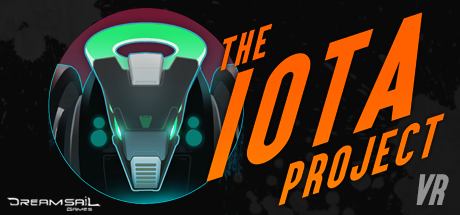The IOTA Project
The IOTA Project was the first real go at a VR game for the now-defunct DreamSail Games. This was during the 2017 heyday of spatial audio for VR — there were a number of different tools available, all with very different approaches, and no “best practices” to tie one down.
During that golden era, galvanized by that pioneering energy, I prototyped multiple approaches to audio in VR. I spoke to colleagues about my findings.
The short of it: VR immerses the player in the virtual world and shuts out the real one, and so the brain demands more information to compensate and make the virtual world feel real. The best/worst example of this is VR-induced motion sickness, when the player moves and is not getting feedback like they’d get in reality. The bar is higher for audio too: the player is more likely to notice when something is out of place, like, say, musical scoring, which has no place in reality (sadly).
After the designer places sound sources in the virtual environment, most of the effect is applied automatically with spatializer plugins that take into account the way that the player moves their head while wearing the VR headset. It’s science magic, but also requires a lot of tweaking of settings.
For the game, I developed a system with six virtual emitters, and split up my music track into six stems representing different parts of the frequency spectrum, one stem for each emitter. The emitters moved as the player character moved, but their cardinal positions were fixed — they did not rotate with the player’s head.
After a lot of tweaking, this worked well! The emitters just need to be far enough away such that the music seems to be coming from nowhere and everywhere.
Now who out there will hire me to Score the Real World as I’ve always dreamed?
